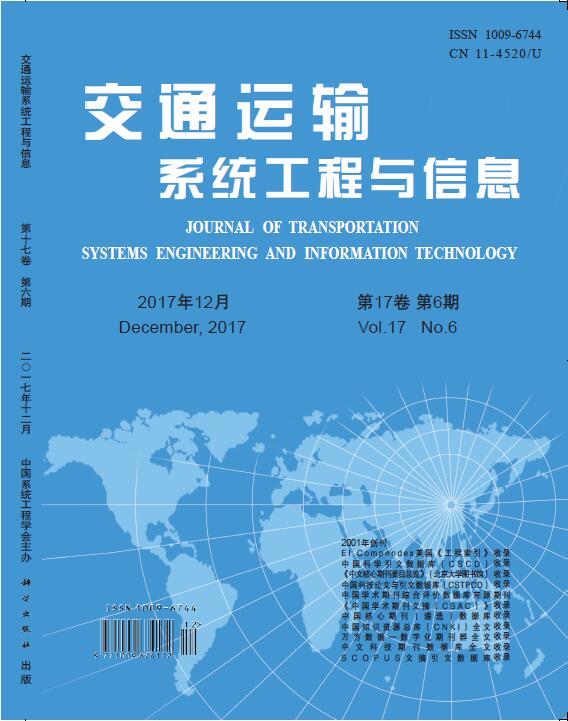Working out the multi-routing train plans for operational theories of urban rail transit networks is an important subject. According to characteristics of full- length and short- turn routing, a bi- level programming model for train plan is presented. The upper- level model, in which the passengers’choice preference are fully considered, is aimed to minimize the passengers’waiting time, running kilometers and operation time of trains, and the decision variables are positions of turn- back stations, frequencies and schedule mode; the lower- level model, whose decision variables are train formation plans (full- length and short- turn train) and departure interval, is aimed to maximize the equilibrium of load factor between fulllength and short- turn trains. The numerical example results indicate that the formation plan, i.e.,“the fulllength train takes more carriages, while the short-turn train takes fewer”, can improve the equilibrium of load factor between full- length and short- turn trains; when considering the equilibrium of load factor, the decreases of difference in average load factor are 21.5% in a.m. peak and 17.9% in p.m. peak; through adjusting the departure interval and reducing the number of short-turn train’s carriages can also advance the equilibrium effectively.


